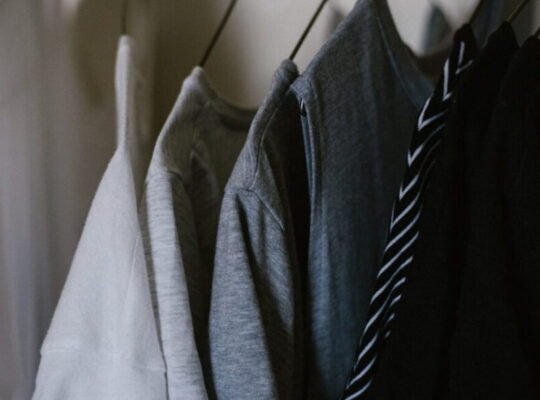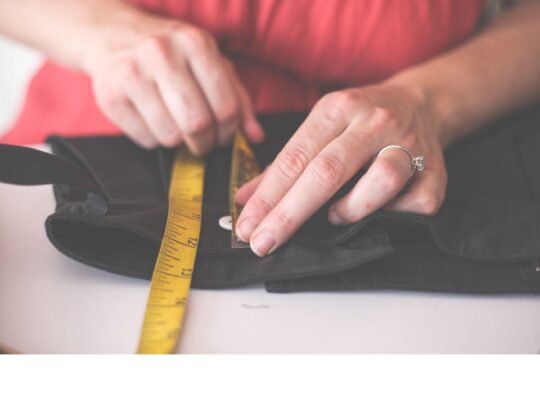Wondering about Fabric Types? Discover the Why!
In this article, we’ll explore the Variety and Uncover the Reasons Behind Different Fabric Types
Fabrics come in a variety of shapes, from cosy terry cloth to sophisticated tweed. We’ll examine the complexities of fabric structures in this Guide, illuminating their significance.

Recognizing Fabric Content
Fibers and polymers engage in a complex dance that gives rise to fabrics. Different textures are created by spinning, twisting, and weaving these materials. Let’s examine the essential elements:
- Weaving Methods:
- Plain Weave: The simplest weave, where yarns intersect at right angles, creating a balanced fabric.
- Twill Weave: Characterized by diagonal patterns, twill weaves offer durability and texture.
- Satin Weave: Known for its smooth, lustrous surface, satin weave reflects light elegantly.
- Fabric Types:
- Woven Fabrics: Woven is a type of textile that weaves two sets of yarns that are interlaced with each other. The strain that is applied to the two yarns is distributed equally along the length of the yarns.
- Knitted Fabrics: Knitted fabrics are made up of interlinked loops or strands that are held together by yarn or thread. Knits provide flexibility and comfort.
- Non-Woven Fabrics: Layers of bonded fibres form non-wovens, suitable for specific applications.
They each have different ways of interacting with light and as a result, each can create certain effects on a fabric’s appearance.

Selecting the appropriate fabric is like writing a symphony. Think about these elements:
Purpose and Context:
Consider the intended use while selecting a fabric. Is it intended for Luxury Fashion; Ready-to-wear; Sportswear or Functional workwear?
Recognize the surroundings: Does it get a lot of sunlight, rain, or harsh temperatures and weather tear?
- Trade-Offs and Trade-Ups:
- Every material has strengths and limitations. Balance durability, aesthetics, and functionality.
- Prioritize factors like breathability, colourfastness, and ease of care.
- Quality Matters:
- Opt for robust, reliable fabrics. Just as your earphones’ material affects sound quality, fabric impacts performance.
- Avoid compromising on quality; it reflects on your brand’s reputation.
Remember, fabric selection isn’t a one-size-fits-all endeavour. It’s a creative mix of style, science, and practicality. Make smart choices and let your fabrics tell stories of comfort, fashion, and long-lasting wear.”
Best Choice
Carefully examine every potential material and only choose the resistant, most durable, and most reliable, take the material of your earphones as an example it has to have an important factor, as it determines the sound quality, durability, and ergonomics.
If chosen incorrectly you will end up with very poor performance of the end product and a low-quality item causing unsatisfied customers and damage to your clothing brand.
Therefore it’s extremely important to understand clearly these structures.





